Mrs. R was driving home from work when she was injured in a car accident caused by an unsafe low shoulder. She broke an ankle in the accident, requiring surgery to repair.
Michael Ruppersburg and Tyler Mathis proved that the Georgia Department of Transportation knew about the low shoulder for two years before the wreck, discovered that the low shoulder had caused another similar wreck, and located a witness who lived nearby who testified the low shoulder had been in that condition for several months. Before the case was scheduled to trial, Michael and Tyler secured a $250,000 settlement for Mrs. R. The settlement is notable because the case was filed in Banks County, which is a rural and conservative venue without a history of significant verdicts and settlements.
The Accident
Mrs. R was driving on Highway 164 in Banks County, Georgia. She was driving around a curve and drifted onto the shoulder. She tried to re-enter the road but the low shoulder caused her to lose control of her car, cross the center-line, run off the highway and crash into a tree.
The Georgia State Patrol responded to the wreck and a picture from the dashcam is below with an arrow pointing to the low shoulder:
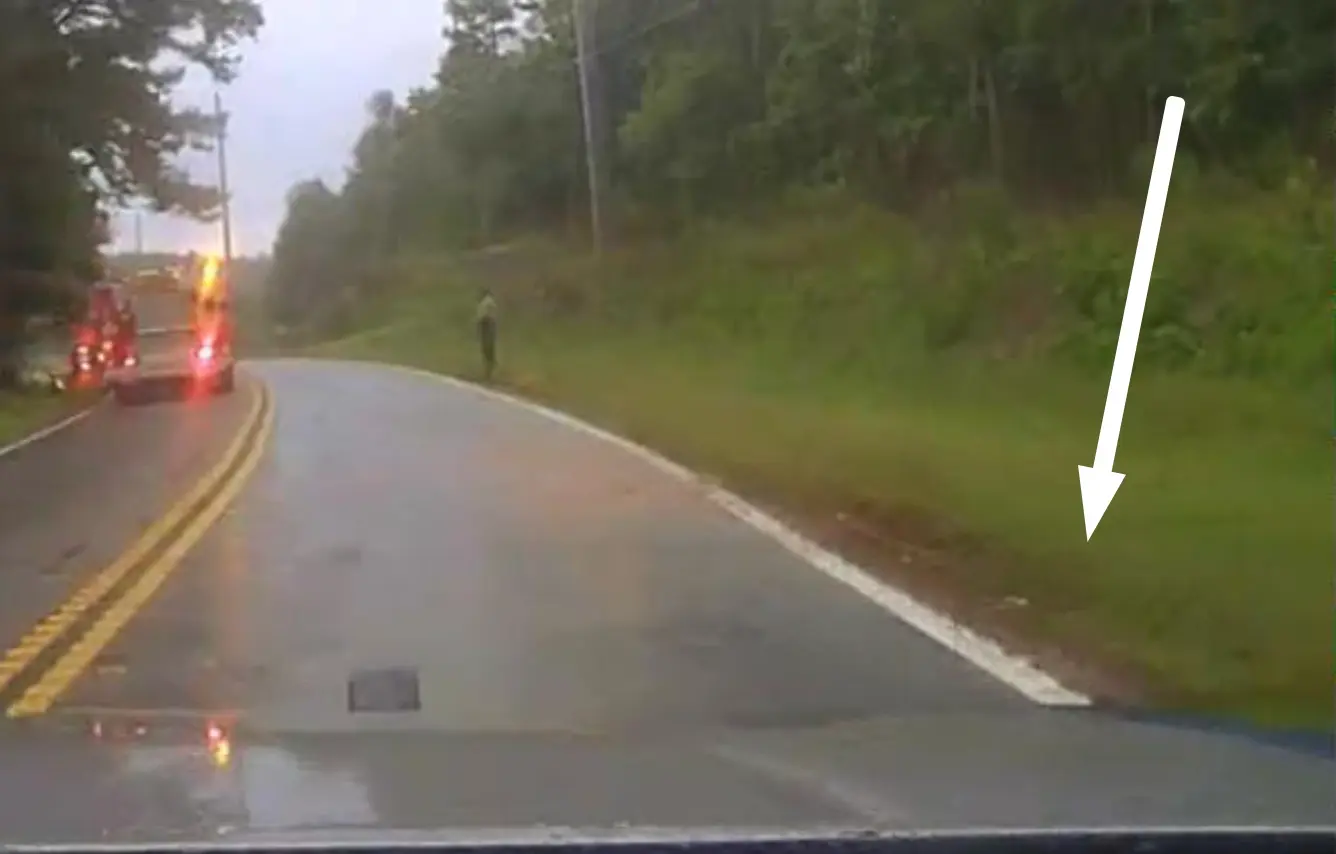
Mrs. R’s family took this picture of the low shoulder the day after the accident:
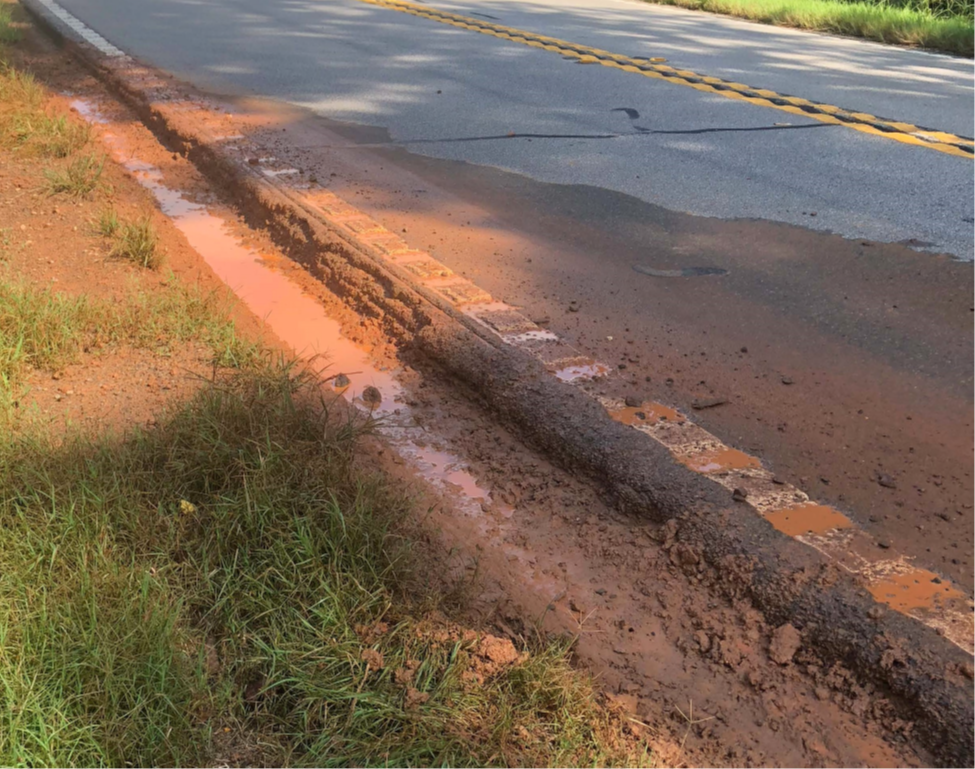
The technical term for a low shoulder is an “edge of pavement drop-off” or edge rut. Low shoulders are dangerous because the height difference between the low shoulder and the road usually causes drivers to lose control when they try to re-enter the roadway.
Driving onto a low shoulder can be a jarring and frightening experience and drivers often over-correct when trying to re-enter the road, which is what happened here.
The Investigation
During our investigation and lawsuit, we proved that GDOT discovered the low shoulder during an August 2018 inspection, two years before Mrs. R’s accident. We found an accident report from January 2020 for another accident caused by the low shoulder. We then located the driver involved in that accident. She provided pictures of the low shoulder from her wreck and testified about how the low shoulder caused her wreck.
We also located a witness who lived nearby who testified that the low shoulder had been in that condition for several months before Mrs. R’s wreck.
Picture taken by other driver in accident caused by lower shoulder:

We obtained work reports from GDOT showing that in the six months before Mrs. R’s accident GDOT crews worked on this section of Highway 164 at least ten times. GDOT also conducted at least two formal inspections of Highway 164 and inspected it monthly.
Unfortunately, GDOT did not repair the low shoulder until after Mrs. R’s wreck.
GDOT policy requires that “[e]dge ruts and low shoulders should be repaired as soon as possible after discovery. These may include temporary material being added to ‘safe up’ the locations until a permanent repair can be made.”

We questioned a GDOT employee about this policy and the low shoulder and he testified as follows:
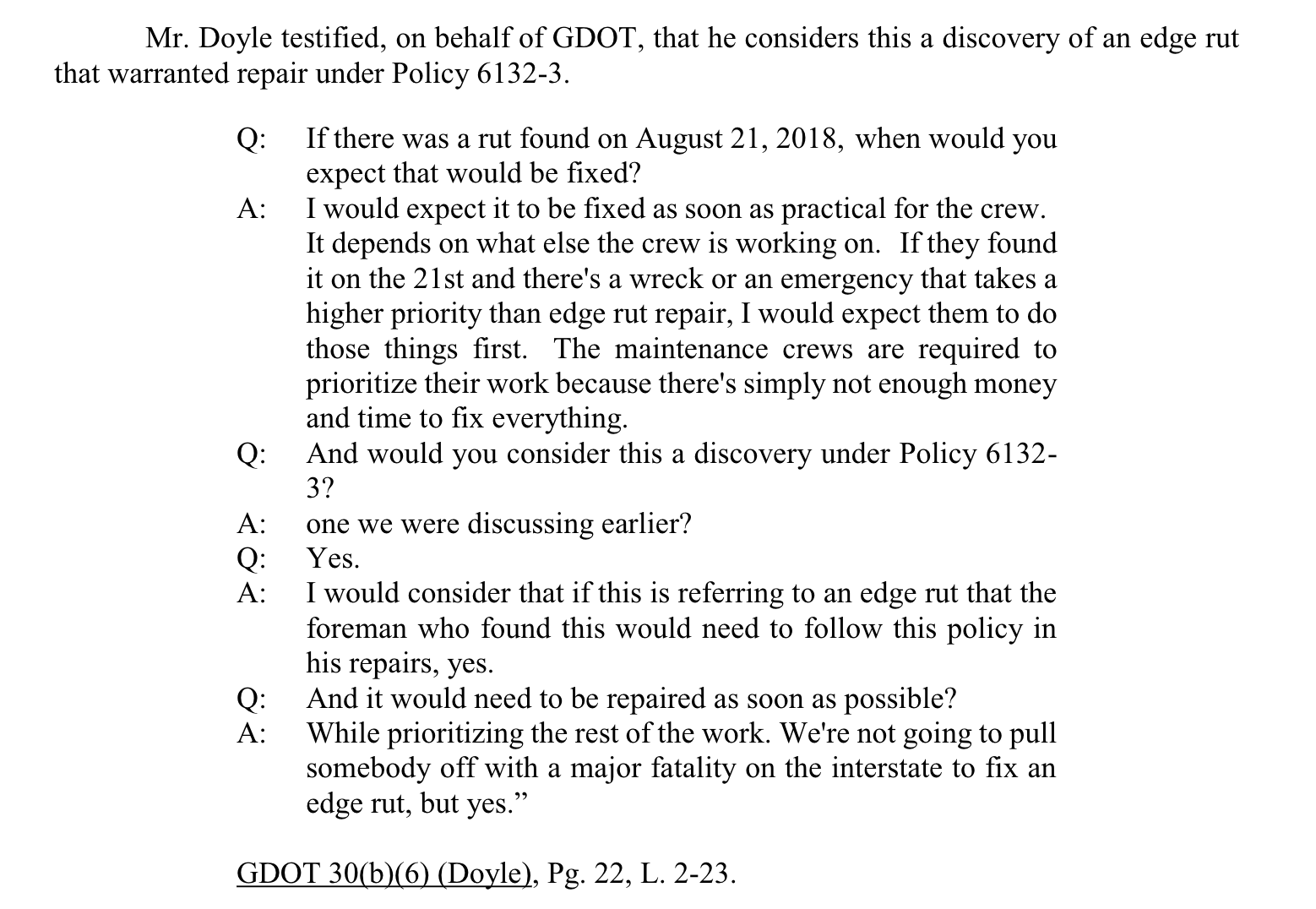
The Injuries
The wreck broke both of Mrs. R’s ankles. Her right ankle was worse than the left and required surgery to repair. The surgery involved inserting a plate and metal screws into her ankle to repair the fracture.
X-ray of ankle after surgery:
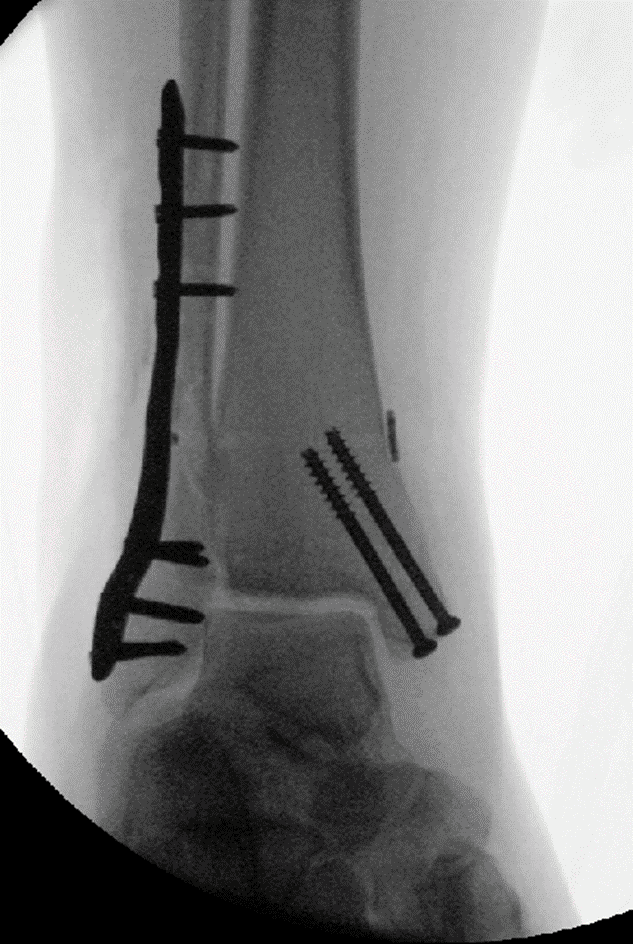
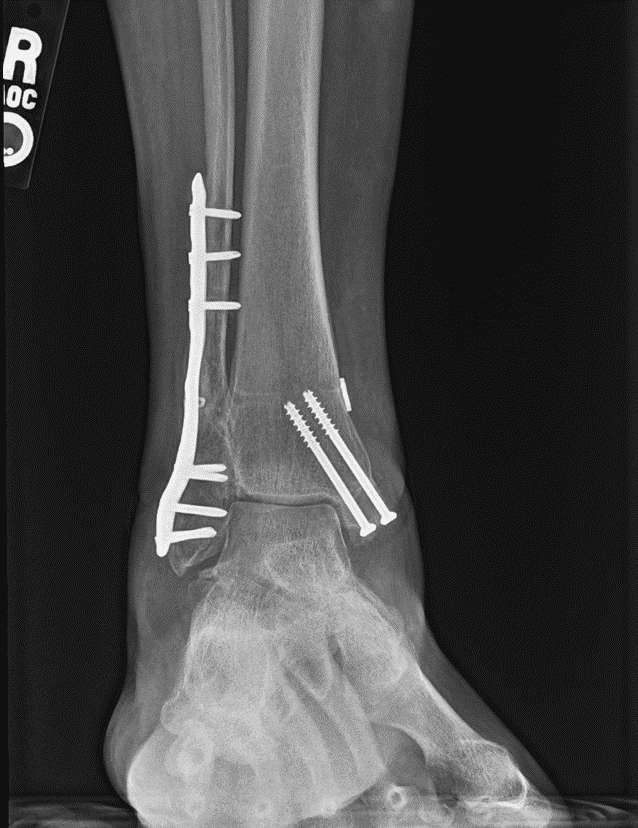
Mrs. R was not able to put any weight on either of her ankles for weeks after the surgery. She had to use a wheelchair, then a walker, then a boot. She underwent months of physical therapy and missed several months of work.
What We Did To Help
We filed Open Records Requests for records of GDOT’s inspection and work on this section of Highway 164. We filed a lawsuit against GDOT and took the depositions of multiple GDOT employees. We took the depositions of the other person involved in the accident and the witness who lived nearby. We retained the former dean of the engineering department from one of the top universities in the country as an expert witness to testify about how GDOT should have properly inspected and repaired the road. We mediated the case before it went to trial and secured a $250,000 settlement for Mrs. R. We’re proud to have represented her and wish her the best in her recovery.
